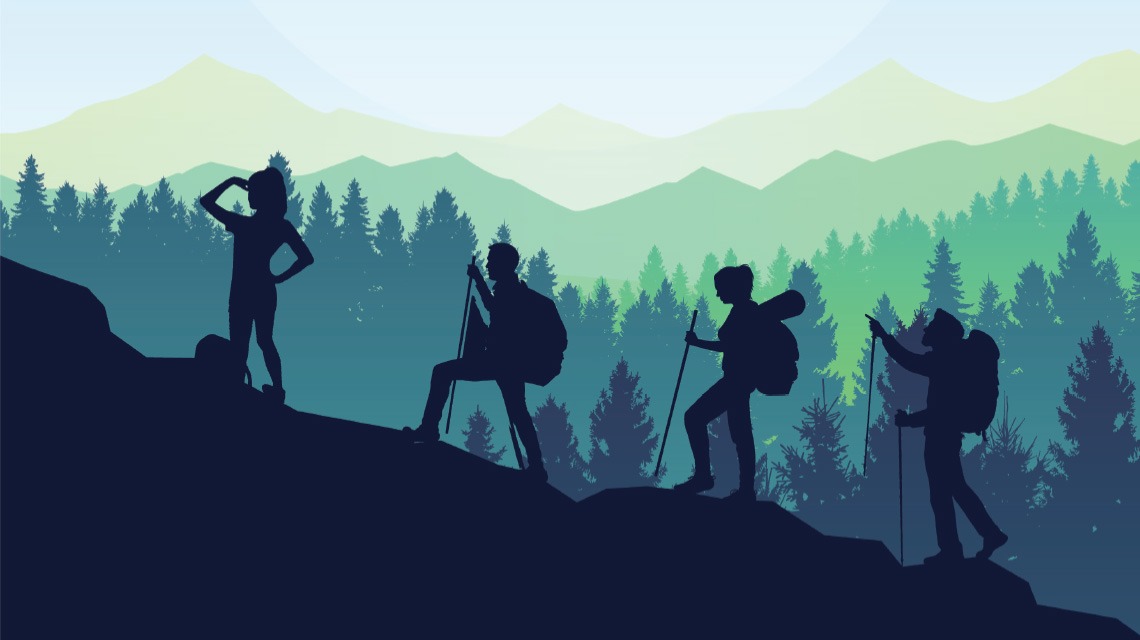How mountain highs boost inspiration, ideation and peak performance
Anyone who has breathed in the pure, rarified air and scanned the dress folds or craggy peaks of nature’s loftiest creations, or perhaps even the infinite horizon, knows the feeling. The inner ahhhhh. Followed by a surge of mind-expanding energy, of joy.
The elevated experience of the mountain resort.
Through the ages, prophets, sages and wise men have chosen to live in those higher elevations, seeking inspiration amid the solitude. Singer John Denver, in his “Rocky Mountain High,” described “coming home to a place he’d never been before… You might say he found a key for every door.” Mountains, of all that the natural world bestows, are among the world’s most special places.
So, where better to bring your meeting? For the sheer beauty, yes. But also, according to a growing body of research, to stimulate inspiration, ideation and peak performance. Read on.
Why Awe is Awesome
Melanie Rudd specializes in awe. And mountain awe, in particular. The associate professor of marketing at the University of Houston knows the feeling intimately—she grew up staring in wonderment at Mount Rainier in Washington State. Studies she has helped lead have convinced her that such feelings can summon our creative muse.
“Most of the time, the idea of changing how you think is scary and threatening. But when you’re experiencing awe, it’s a positive feeling, and it reassures you that this is not a dangerous situation—this is a safe environment, so it’s OK to open your mind and think,” she told Psychology Today. “When we’re feeling this way, our desire to create just shoots up.”
Read More: Positive Psychology: ‘Meh’ Begone!
Rudd continued: “If we experience awe in a mountain setting for the first time, we have a hard time fully grasping this different thing, and this is especially true for people who didn’t grow up around mountains. A lot is happening in our brains—a lot of cognitive effort and emotion, a lot of different activation—when humans open themselves up to learning in this pure way. There’s something special about awe that does this. There’s a lot of research into different emotions serving different evolutionary functions—what purpose would this emotion serve? Why do we feel this way? And a lot of research on awe has indicated that it changes the way we think. And that is valuable from a survival perspective—that is what awe’s true function is—not just to make you feel good, but to change your brain.”
Calm on High
Other academic research supports the notion that mountains and other spectacular natural settings enhance creativity and ideation by reducing stress. A study published in PLOS ONE, the peer-reviewed journal of the Public Library of Science, found that participants who spent only four days immersed in nature showed a 50% increase in creative problem solving. The experience appeared to affect the brain’s “default mode network,” which fosters introspection and creative thought. The study’s authors credited this remarkable outcome to nature’s calming powers when paired with a lessening of the distractions of our wired world.
Read More: Rustic Meets Luxury in the Mountains
Mountain getaways also reduce barriers to inspiration like mental fatigue. Enter the Attention Restoration Theory, or ART. According to ART, goal-directed attention is key to creativity—and cognition in general—but it’s a finite resource. Mountain environments can be the antidote to attentional fatigue. They stimulate “soft fascination;” that is, the innate lure of low-stimulating yet transfixing sights like gently flowing clouds, sunsets and dancing leaves on distant slopes. As opposed to “hard fascination,” the overstimulation that can come from fixating on a television and scrolling on social media.
Get Outdoors
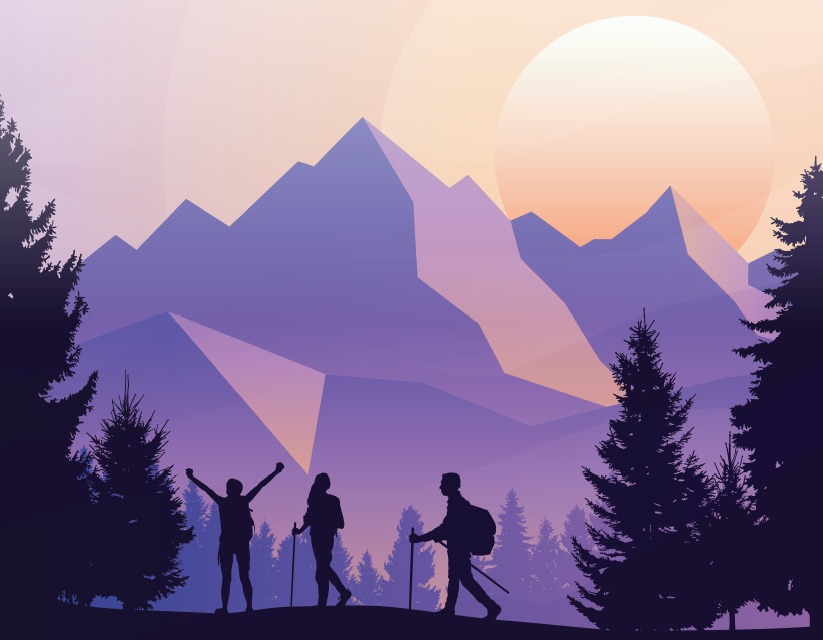
Some studies have shown that having even a tree to stare at from your office window can open up your mind and relax your psyche. Cognitive function is thereby enhanced. Yet, surely, it would be a shame to host a mountain meeting without planning activities outside, al fresco, in that tranquil, dramatic environment. Physical exercise has been shown to stimulate brain function as well, including the generation of novel ideas and improved focus.
One example: A study of Taiwanese, Indonesian and Canadian professionals found that informal chatting and one-on-one meetings in outdoor natural settings enhanced their creativity and problem-solving. By way of contrast, another study of Japanese university students found exercising in a park increased neuronal activity in brain regions associated with creativity (i.e., the parietal occipital region), but exercising indoors did not.
This plays out against a backdrop in which we are increasingly losing touch with nature. A survey of some 16,000 Americans and Europeans found that, on average, we spend almost all our time—90%—indoors. Another contributor, perhaps, to the rise of mental health issues worldwide.
Seasonal opportunities for mountain exercise, of course, abound, and they can easily be tweaked to accommodate the preferences, skill levels and other variables in your group. Most typical team building with, say, cooking competitions or scavenger hunts can be great, but experts note that few activities can build trust and camaraderie as effectively as canoeing a rushing mountain stream or mountain biking a winding forest trail.
Creativity in Demand
Creativity has been called the most essential skill for success in the 21st century. It’s the most in-demand skillset in over 20 million job ads, according to LinkedIn. Those are among the nuggets to be mined from a scoping review of 45 research studies published last November in the journal Educational Psychology Review. That report further buttresses the positive relationship between nature and creativity.
Among these studies was one conducted with Danish professionals, who were asked to put into words the creative appeal of being on a mountain, in a forest, on a wind-swept seacoast. One of them replied, “In nature you are allowed to think wild ideas and big thoughts, and dream yourself away into one’s inspiration, where it all starts to get exciting.”
High five to that.
The Broadmoor, Colorado Springs, Colorado

On the southern edge of the majestic Rockies, these 5,000 lush acres now include The Convention Center at The Broadmoor, with over 200,000 sq. ft. of flexible space. Plenty more gathering space, plus 784 guest rooms and two legendary golf courses, also reward at this Forbes Five Star resort.
Fairmont Chateau Whistler, British Columbia, Canada
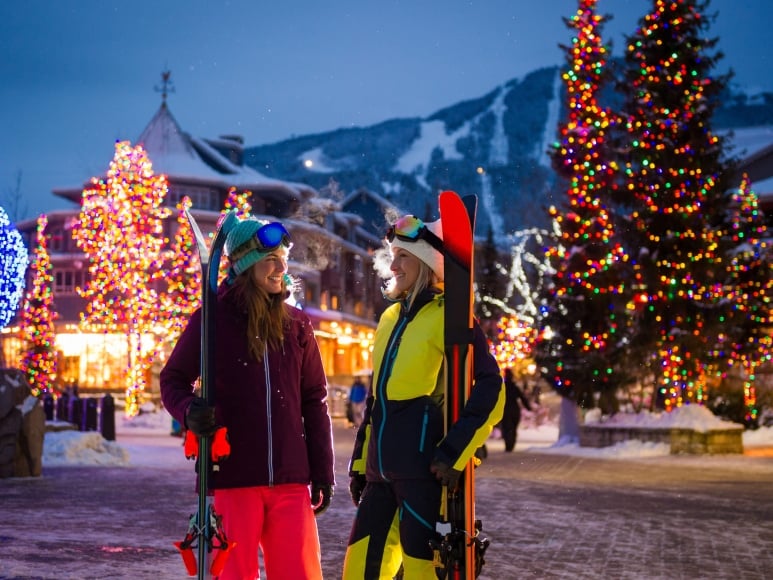
Like a fairytale castle at the base of Blackcomb Mountain, this elegantly appointed ski-in/ski-out resort offers more than 32,000 sq. ft. of meeting space, including magnificent ballrooms, to complement 519 guest rooms. The 2 Michelin Key property also boasts an Audubon-certified golf course and mountainside spa.
Mohonk Mountain House, New Paltz, New York
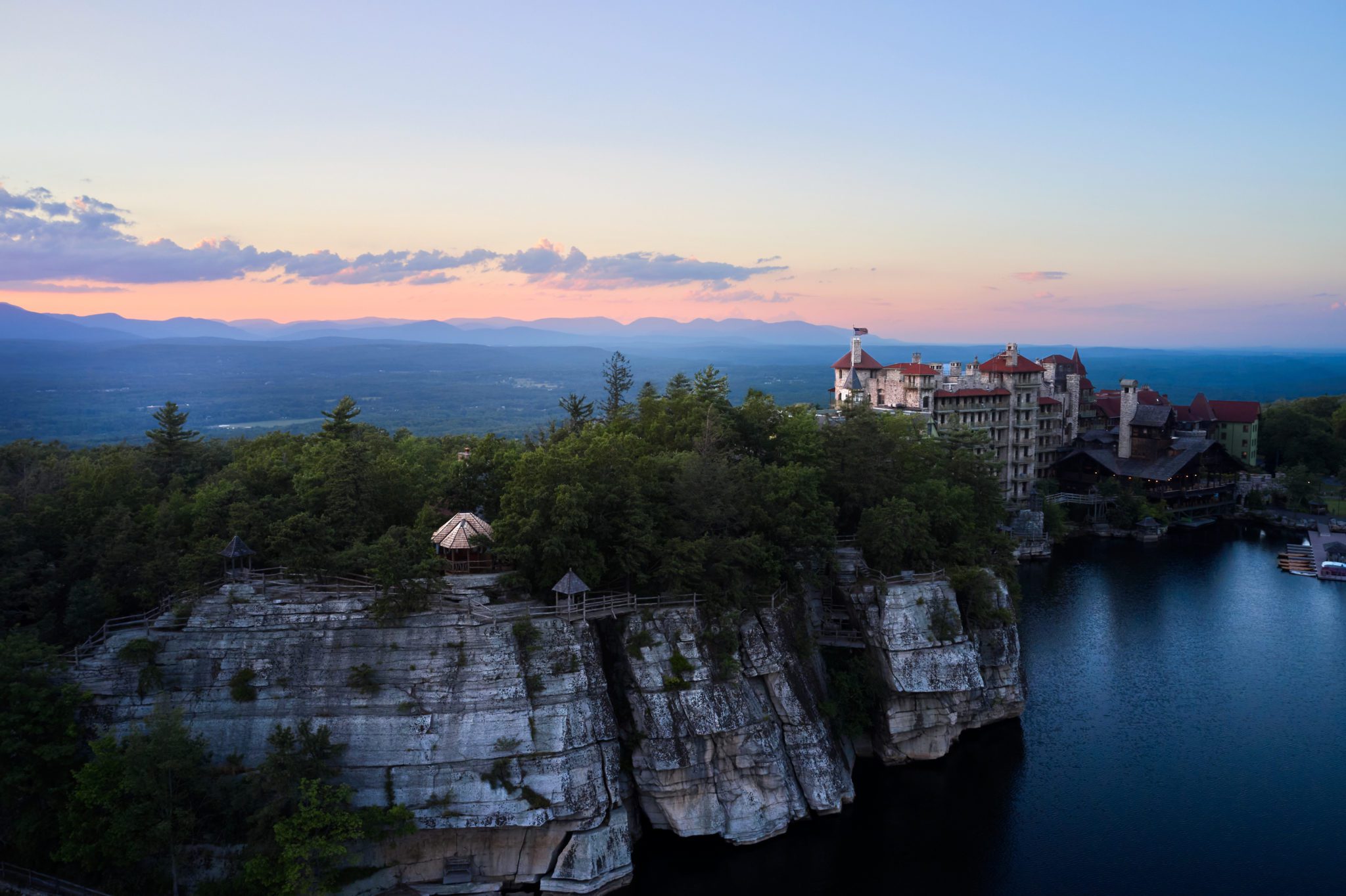
A Victorian castle owned and operated by the Smiley family since 1869, the resort is a National Historic Landmark. Mountain and lake views are framed in its 262 guest rooms, and Grove Lodge has six sleeping rooms, stone fireplaces and a 1,080-square-foot Great Room. Fourteen more meeting rooms await.
Montage Big Sky, Montana
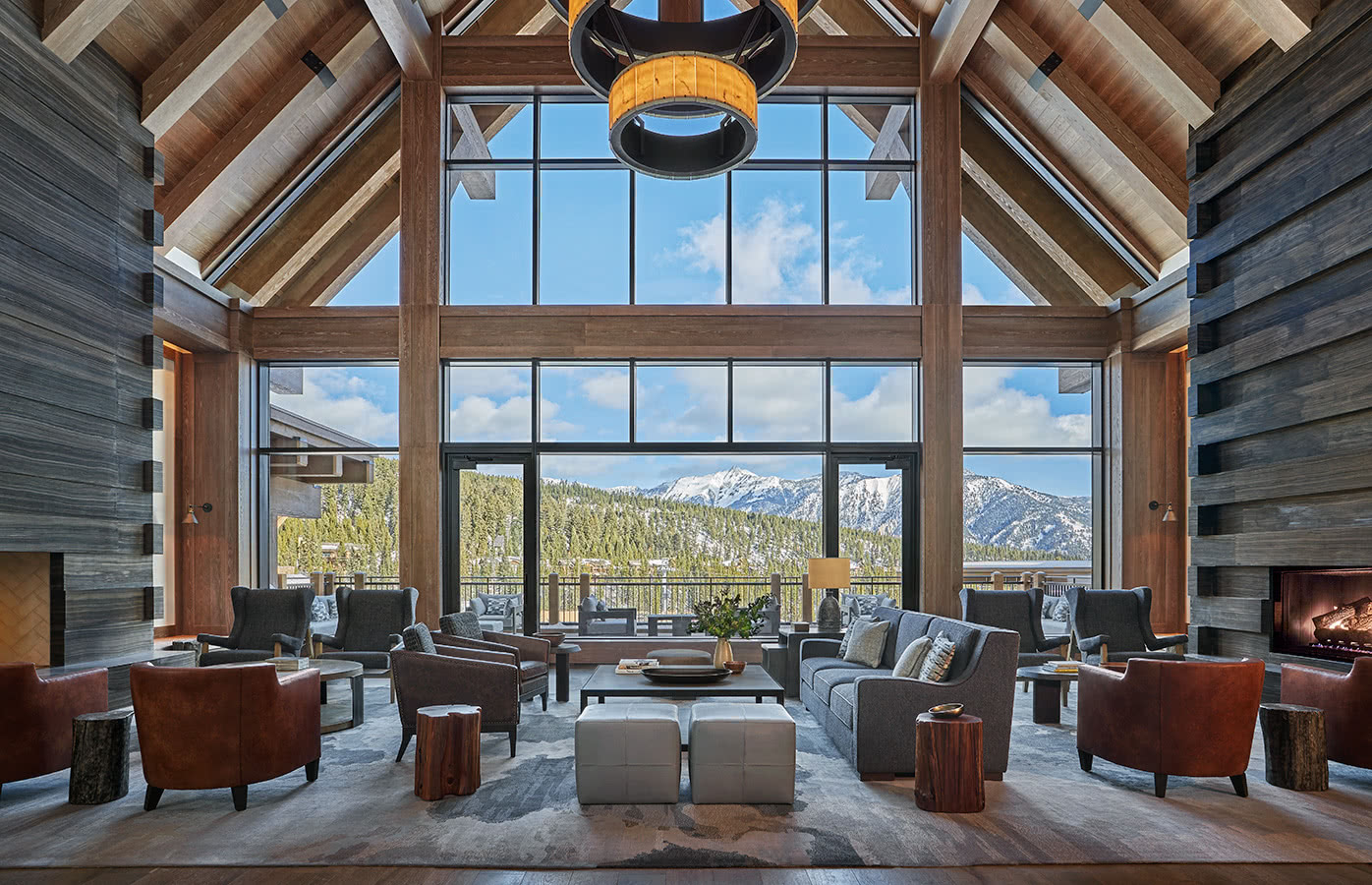
A luxury mountain resort in the Yellowstone Mountain range, the 139 guest rooms (including 39 mountain homes) pair with 12,870 sq. ft. of gathering space. With ski-in/ski-out access to Big Sky Resort, a golf course, a tubing hill, an ice rink, Nordic trails and a fly-fishing outfitter, there’s always a way to play.
Everline Tahoe Resort & Spa, Olympic Valley, California
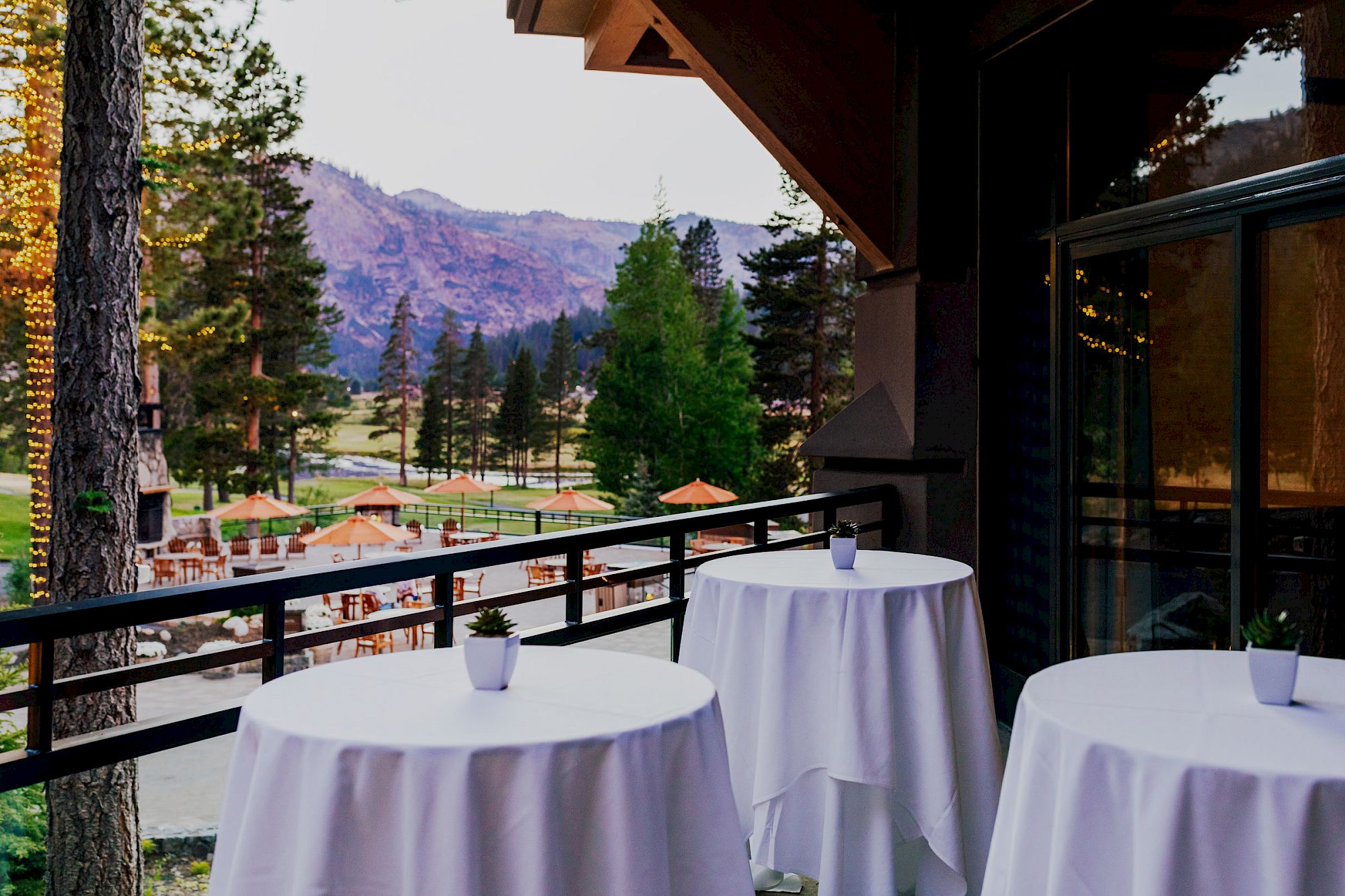
A Hyatt property with ski-in, ski-out access to Palisades Tahoe, the resort has 405 luxury guest rooms with views of the Sierra Nevada mountains, Ponderosa pines and verdant meadows. Eighteen meeting rooms are newly upgraded, for a total of 47,750 sq. ft. of indoor and outdoor meeting space.
Boise Center, Idaho
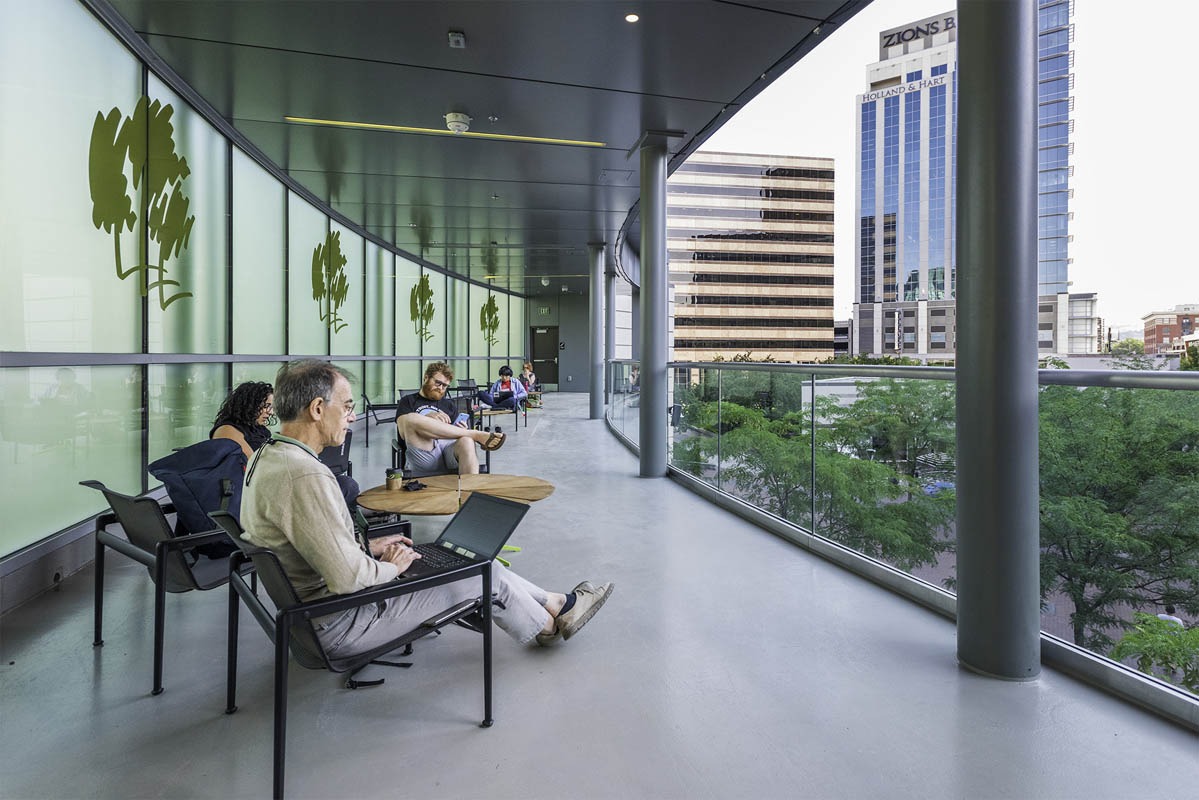
A ski mountain is just 16 miles away, and the stellar Boise Mountains (elev. 10,124 ft.) await beyond. Downtown Boise’s award-winning convention center (elev. 2,704 ft.) welcomes you with 86,000 sq. ft. of flexible meeting space with 31 meeting rooms and event spaces—with views of the Boise Foothills.
This article appears in the January 2025 issue. You can subscribe to the magazine here.
